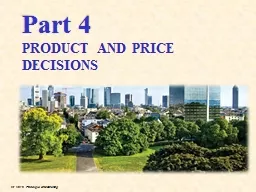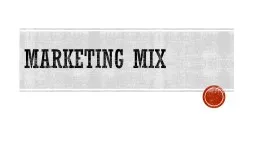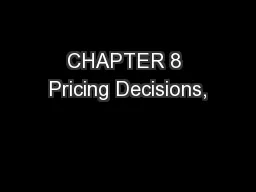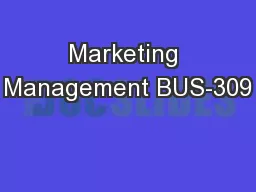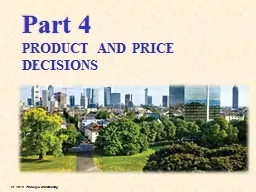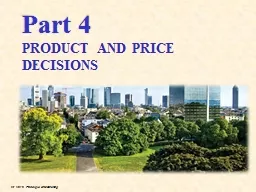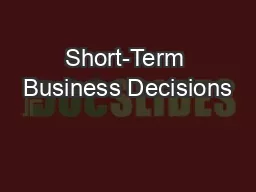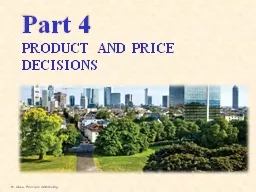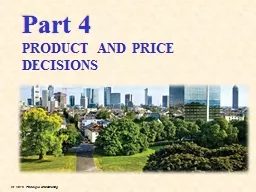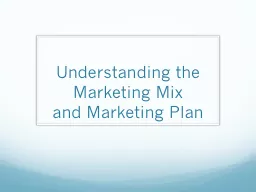PPT-Product & Price Decisions
Author : debby-jeon | Published Date : 2020-01-30
Product amp Price Decisions Chp 51 and 52 PRODUCT DECISIONS Sec 51 Products are one of the essential components in the marketing mix Can be Goods tangible eg baseball
Presentation Embed Code
Download Presentation
Download Presentation The PPT/PDF document "Product & Price Decisions" is the property of its rightful owner. Permission is granted to download and print the materials on this website for personal, non-commercial use only, and to display it on your personal computer provided you do not modify the materials and that you retain all copyright notices contained in the materials. By downloading content from our website, you accept the terms of this agreement.
Product & Price Decisions: Transcript
Download Document
Here is the link to download the presentation.
"Product & Price Decisions"The content belongs to its owner. You may download and print it for personal use, without modification, and keep all copyright notices. By downloading, you agree to these terms.
Related Documents


